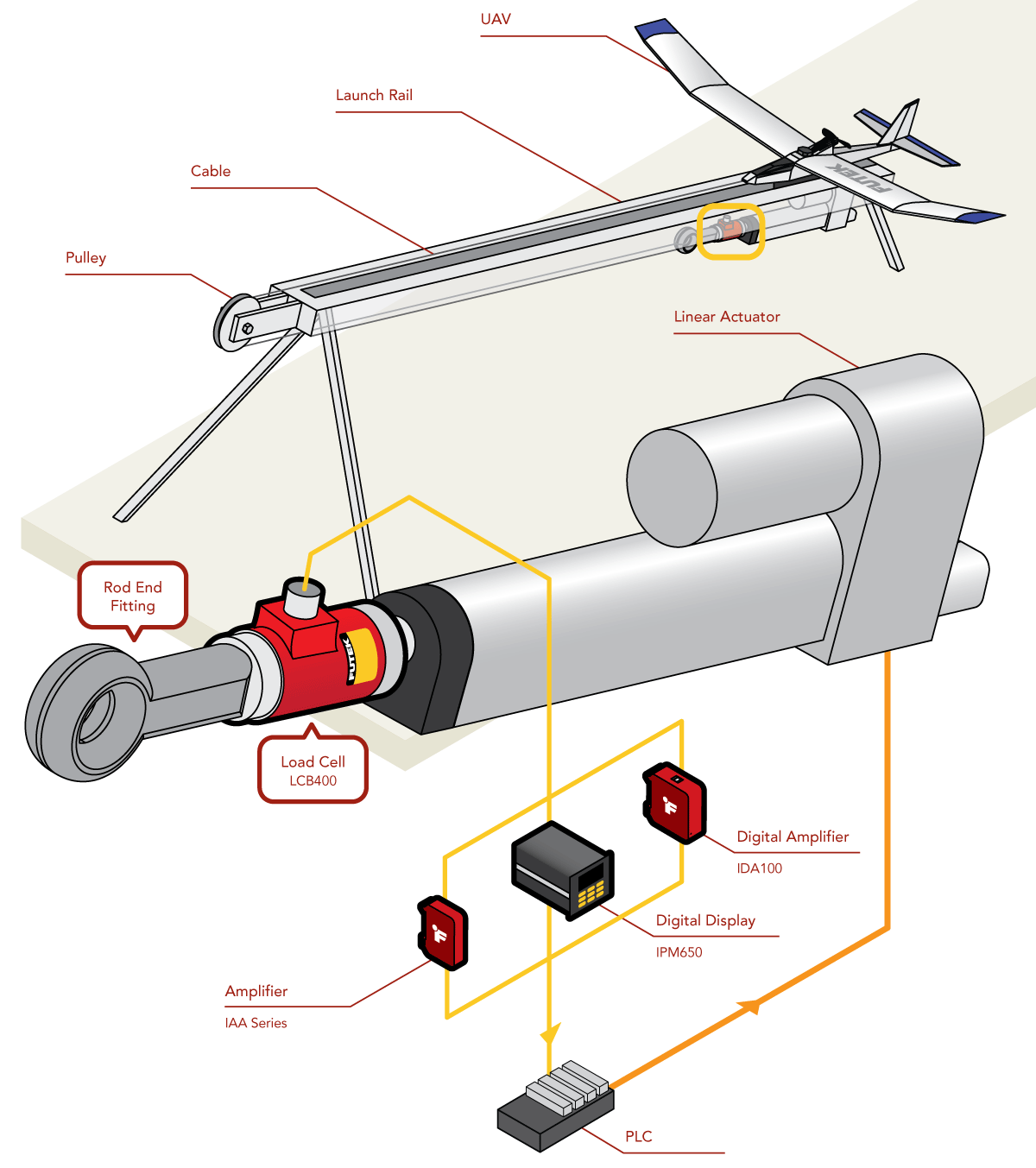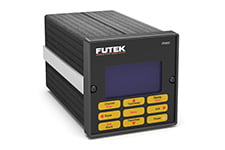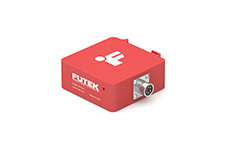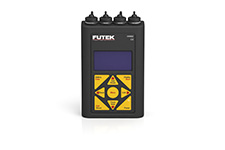Unmanned aerial vehicles (UAVs) come with a variety of launching capablities, such as hand launching, vertical takeoff, or runway takeoff. With the rise of ever more capable and powerful UAVs, some vehicles require launchers are needed to propel them into the air. These launchers need to apply a minimum amount of force to safely launch the aircraft into the air. To accomplish this, an LCB400 Rod End Load Cell is mated to the launching mechanism to measure the force applied to the UAV.
How it Works
The fixed end of an LCB400 Rod End Load Cell is mounted to the end of a linear actuator.
The active end of the LCB400 is then attached to the cable that will pull the UAV.
The actuator piston is then rapidly retracted, pulling the cable that will launch the aircraft into the air.
The LCB400 measures the force applied to the cable by the actuator.
The measurement from the LCB400 is sent to the digital display (IHH500, IPM650) or displayed on a PC with our SENSIT software(IDA100)
An amplified analog signal is then sent to the PLC controlling launcher and enabling force control.
Additionally, our SENSIT software can be used to log sensor output for our IPM650 and IDA100.
Products in Use
One LCB400 Rod End Load Cell paired with Instrumentation (IAA Series, IPM650, or IDA100)
Contact Us
Please Contact Us with questions.
Unmanned aerial vehicles (UAVs) come with a variety of launching capablities, such as hand launching, vertical takeoff, or runway takeoff. With the rise of ever more capable and powerful UAVs, some vehicles require launchers are needed to propel them into the air. These launchers need to apply a minimum amount of force to safely launch the aircraft into the air. To accomplish this, an LCB400 Rod End Load Cell is mated to the launching mechanism to measure the force applied to the UAV.




